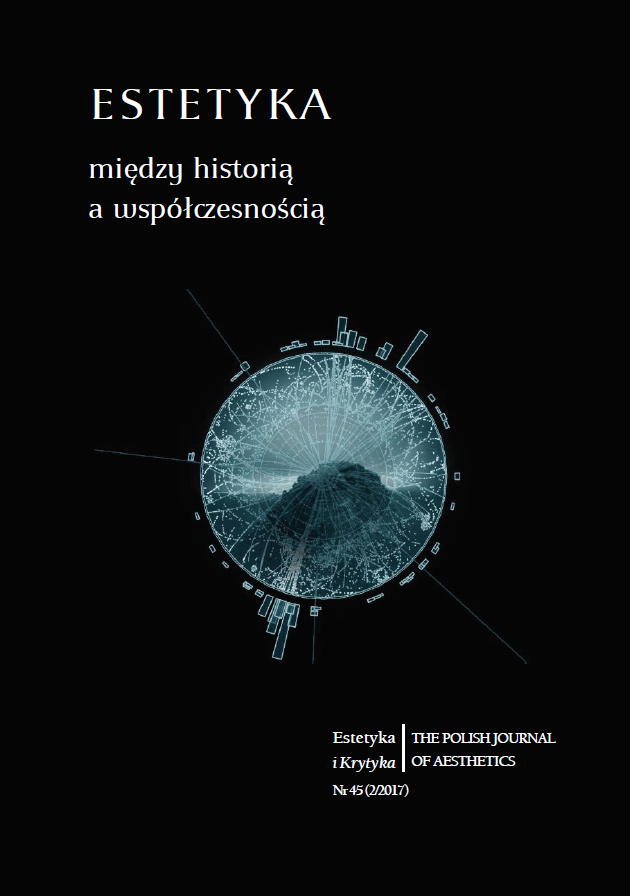Żywe piękno współczesności
The Living Beauty of Contemporary Era
Author(s): Grzegorz SztabińskiSubject(s): Fine Arts / Performing Arts, Aesthetics
Published by: Wydawnictwo Uniwersytetu Jagiellońskiego
Keywords: beauty as idea;aesthetic category;pragmatist aesthetics;camp;
Summary/Abstract: The phrase used in the title of the article does not raise any doubts today, and may even seem trivial to the point that it can be used as an advertising slogan. With a more careful approach, it calls to mind the emphasis on the need link the aesthetic with everyday life, with keeping art up to date with the changes taking place in different non-artistic areas, etc. However, the author points out that in the Antiquity, the Middle Ages, and modern times, such proclamation would be considered an expression of the ignorance as to what real beauty is, or focusing only on its most external symptoms. He cites Plato, who wrote about the climbing towards true beauty, or Plotinus, who claimed that it only “lends itself” to well-formed things. In turn, regarding to the position of this notion among other categories taken into account in modern art, he notes that its meaning was often extended, this time horizontally, to stress the autonomy of the aesthetic values. Avant-garde artists deemed beauty irrelevant, saw it in a supplementary function, or radically modified its understanding (for example the “convulsive beauty” of the Surrealists). Summing up its situation, Władysław Tatarkiewicz wrote in 1970 that it was “in decline.” This conclusion, however, was not fully justified. Its author did not take into account the pragmatic concept of art proposed by John Dewey, which contributed to the American aesthetic thought of the last decades of the twentieth century, as reflected for example in the views of Richard Shusterman. This tendency, involving the blurring of lines between the values of elite and popular culture, can be regarded as an expression of specifically conceived democratization of beauty. Beauty, however, has been usually associated with uniqueness. An attempt to combine the democratic characters of beauty with its uniqueness is what camp can be considered to be.
Journal: Estetyka i Krytyka
- Issue Year: 45/2017
- Issue No: 2
- Page Range: 13-30
- Page Count: 18
- Language: Polish

